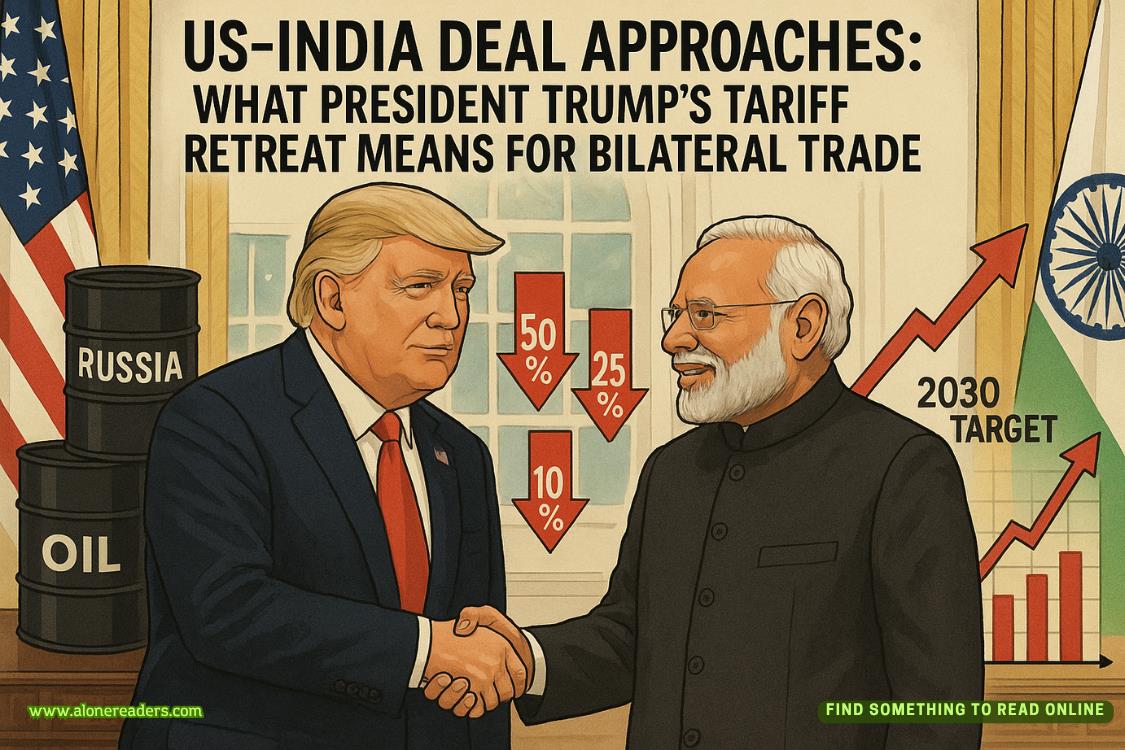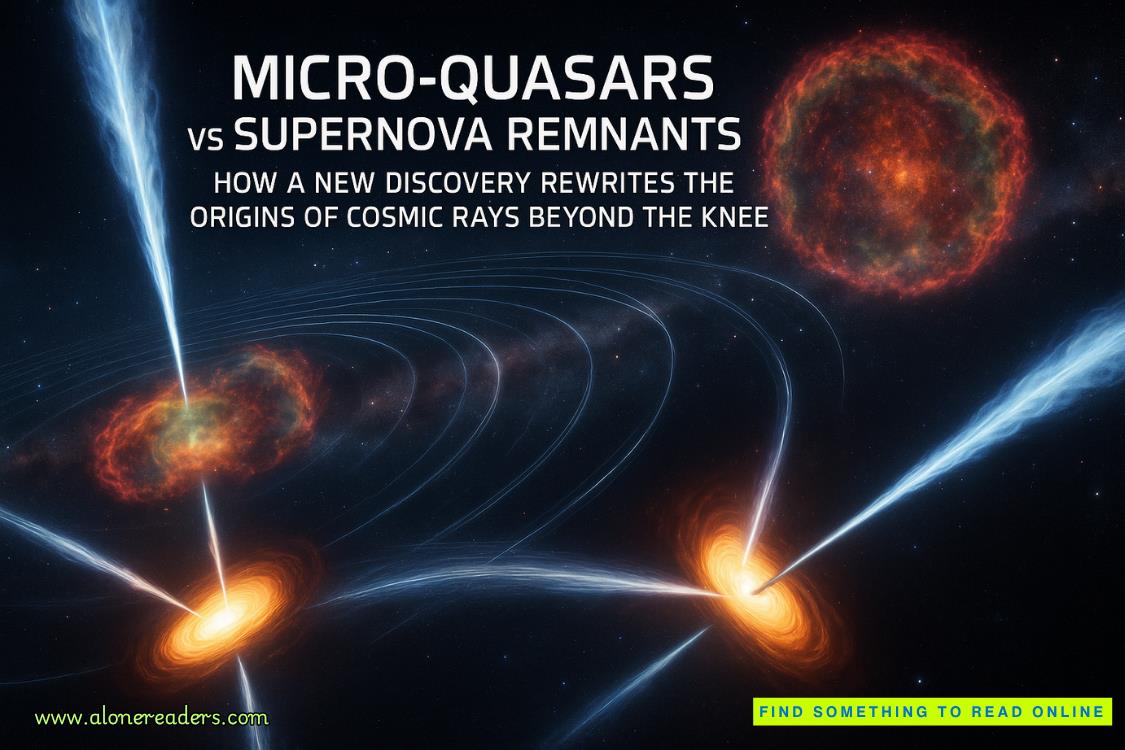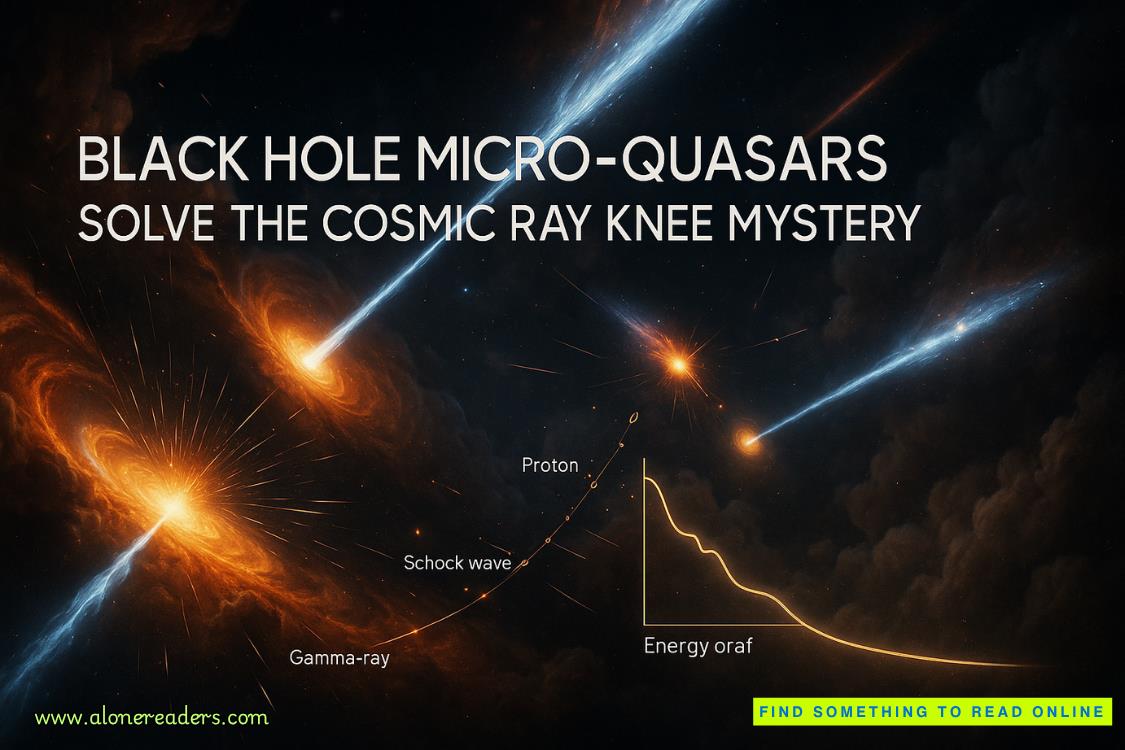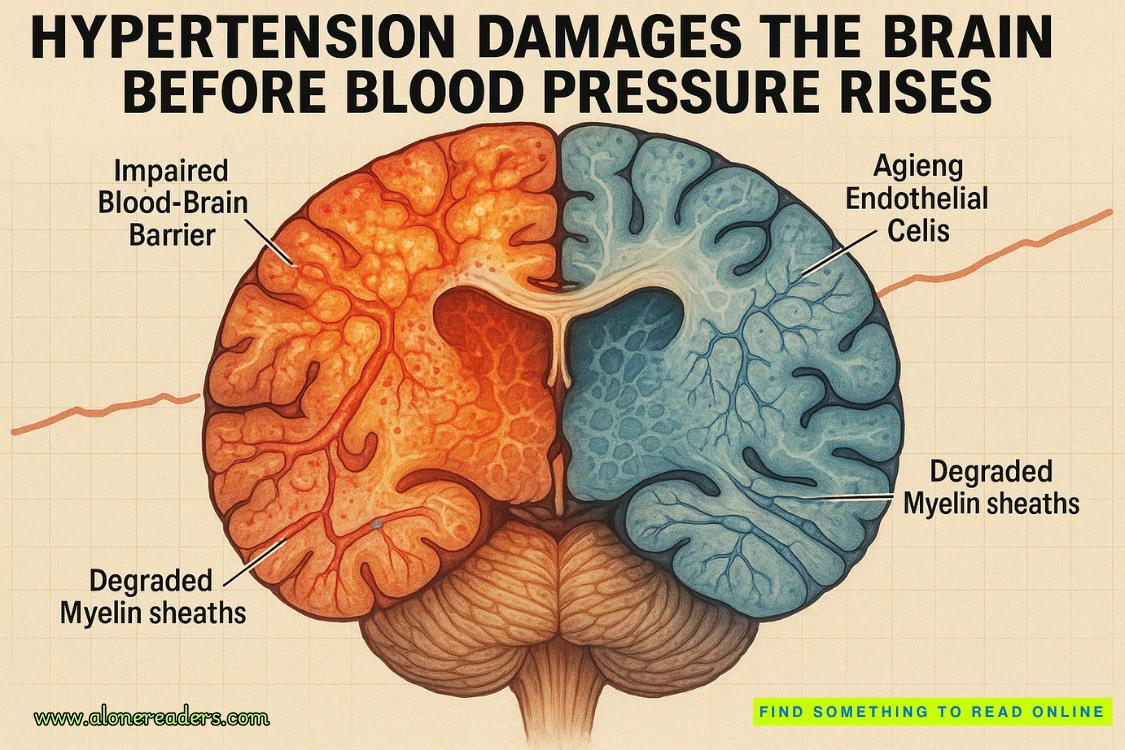Page 18 of Deadly Sacrifice
Lei gathered her thoughts. “It’s a nickname. He got tagged with it years ago,” she said. “His first name is Mitch, last name Gaynor. He’s a great forensic investigator, but he’s a civilian contractor, so he ‘gets no respect.’ He was our police photographer for years, and after completing his degree, he’s become our lead crime scene technician.”
“Like on those CSI shows?” Katie asked.
“Yeah, to an extent. The Department sent him to a lot of training, but we don’t have the resources to buy all the fancy equipment you see on TV. He does a great job with what we have.”
Katie persisted with her original question. “So how did he end up being called TG?”
“It was back when he was the new photographer. When he was at a crime scene, he would spend a lot of time just staring at a body. He’d take very detailed photos, even of the most horrendous crimes. Some of the beat officers got a feeling that he liked his work a little too much, so they started calling him ‘The Ghoul’ behind his back. One day, someone called him ‘TG’ to his face, and the name stuck. No one knows how he feels about it because he never shows any emotion.”
Katie frowned. “That seems kind of mean. Maybe he’s neurodivergent. On the spectrum or something.”
“Maybe,” Lei allowed. “But he’s never complained. He’s still here. And he’s one of us, now, warts and all.” She smiled briefly before continuing. “He fights for every scrap of evidence he can pull from a scene, his analysis is always on the mark, and his reports are precise and understandable. The prosecutors love the guy. You wouldn’t know it from his personality, but he makes a terrific witness: polite, friendly, certain of the truth. He can explain it all in plain English, and he doesn’t rattle on cross-examination.”
“I think we should start calling him Mitch,” Katie twirled her glasses by the stem. “Sounds like he’s earned it.”
“Nice idea,” Lei said. “Maybe you should ask him first. Maybe he likes his handle by now.”
“Maybe I will.”
“Meanwhile, I’m going home. See you tomorrow, bright and early, in Captain Omura’s office at nine a.m. for updates on the case.” Lei finished her mug of water, washed it at the small metal sink, and rehung it on the wall. “And I expect you to wow us.”
“I’ll come bearing gifts of information,” Katie said. “And thanks for the reminder about the legalities. I get a little carried away sometimes.”
Maybe there was hope for the kid after all.
12
MU
Purple twilight surrenderedto the inky embrace of night over Haleakala National Park, a landscape which held secrets as old as the islands themselves. The last rays of the sun kissed the crater’s cinder cones, casting long shadows that merged with the darkness.
The air was crisp, carrying the scent of subalpine dry forest, a stark contrast to the tropical lushness of the slopes below the summit. Tourists had long retreated to their lodgings, leaving the park in a quiet broken only by the occasional call of anenegoose or the rustle of rare, endangered silversword plants in the gentle night wind.
In this isolated expanse, under a sky painted with a canvas of stars, a palpable sense of the sacred reigned. The moon hadn’t yet risen; the night was dark and perfect for stargazing . . . and for the final scene of Jonas Kleftes’s ultimate sacrifice. Haleakala would be the setting of a nightmare the real estate developer could never have anticipated.
Mu had rested from his labors over Cheryl Goodwin all the following day before preparing for the next one, but he was delighted with the timing. The cops would still be tangled up with Goodwin’s corpse and crime scene when he’d strike again, keeping well ahead of them.
He’d been stalking his prey for months. Kleftes was a photographer and hiker known for his solo adventures when he wasn’t working. Mu had tracked the man’s habit of venturing into the park at night to capture the celestial pageantry over the crater. This victim wouldn’t have to be carried to the site of his death—he’d hike there himself.
Shock and awe would rock the island with these multiple sacrifices.Perfect.As it was meant to be.
Mu became a shadow that moved with calculated intent through the rugged terrain, making his way with a tiny handheld red flashlight to decrease visibility from a distance. He was dressed as before, and carried a backpack loaded with all the props and equipment he needed.
The cold rage and bone-deep envy that drove him was channeled into meticulous hunting as he followed Kleftes’s progress from a distance.
All of this was meant to be and served a higher purpose:his purpose.
As Kleftes set up his camera on a tripod near a small, twisted old koa tree, Mu watched from behind a largepahoehoelava flow nearby. The stone was worn and crumbled with time, falling to powder under Mu’s gloved hands.
Kleftes was unaware he was being watched, his attention focused on the sky, his progress lit by the single red headlamp he wore to cut down on ambient light. The man adjusted his camera, consulting a star cartography tool attached to the tripod.
Mu’s breaths were measured as he unpacked his tools—a rope made from woven ti leaves and the shark-toothed weapon. Necessary intrusions from modern times were the syringe of drugs and the latex gloves covering his hands. He set each item carefully aside, making them ready.
Kleftes, absorbed in his task, remained oblivious to the threat off in the dark surrounding him. The man was so entitled and confident. He didn’t appreciate the irony of his actions in worshiping stars in the setting of Haleakala while desecrating its surroundings with his development project on the slopes below.
The man adjusted his lens, squatting down to fiddle with something, then lifting it to gaze at the heavens, seeking the perfect shot of the Milky Way arching over the crater, a river of stars bright as snowflakes against the black well of sky.
Mu moved with the stealth of an ancient warrior, his steps careful and silent on the volcanic soil. Closing the distance between them, he admired the way the soft red illumination of Kleftes’s headlamp played over the man’s features.















